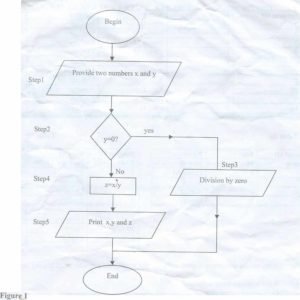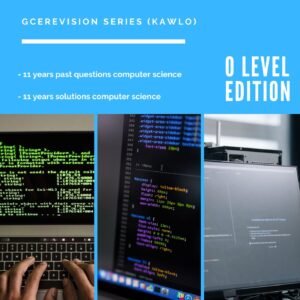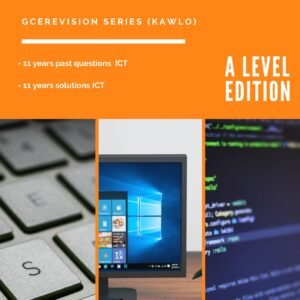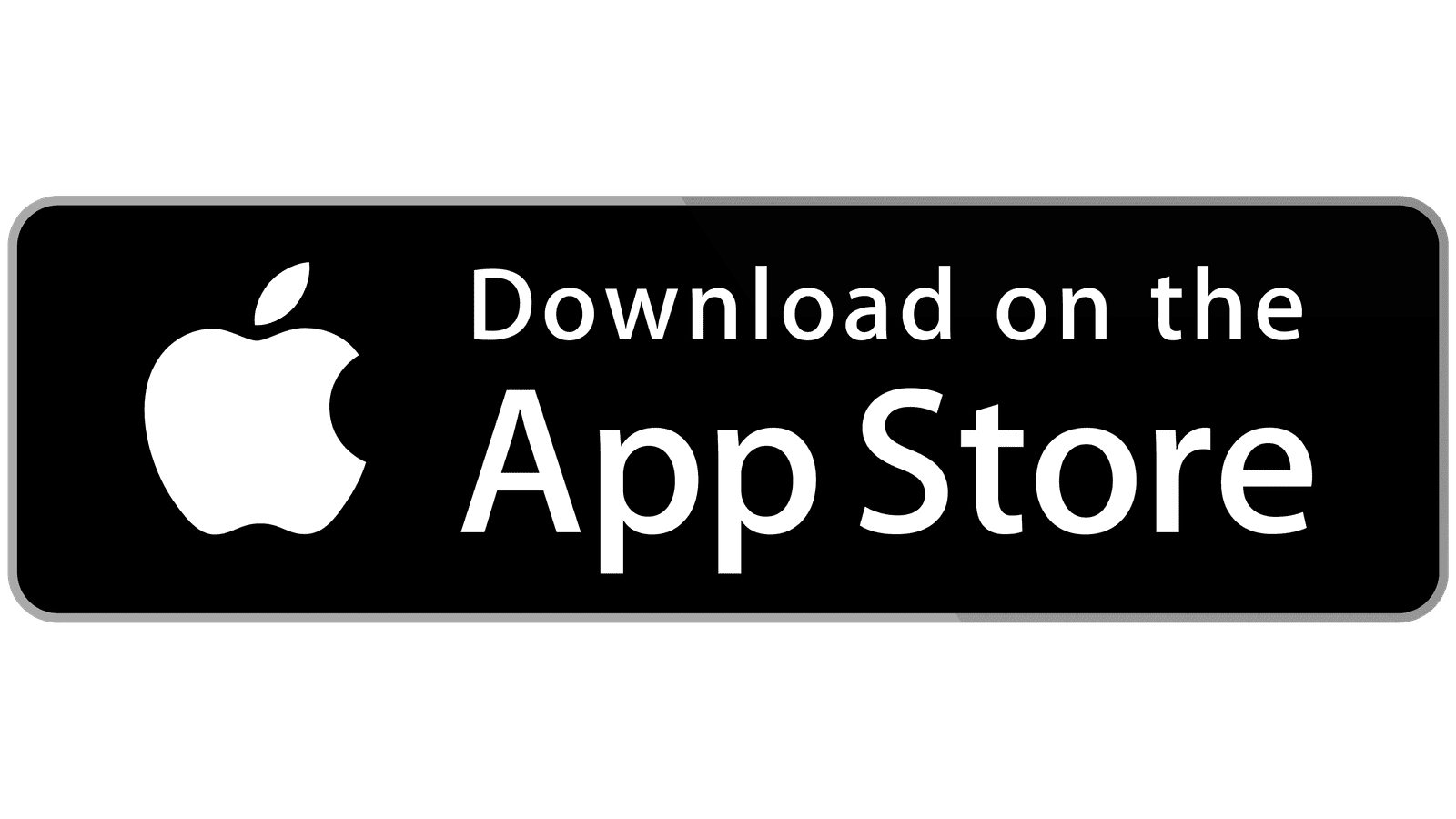cameroon gce june 2013 Computer Paper 2
TO DOWNLOAD JUNE 2013 COMPUTER Paper 2 CLICK ON THE LINK BELOW

1.
(a)
lnfonnation processing is concerned with input, processing, output. and storage
(i) Describe briefly these four stages of information processing.Use , diagram to illustrate your
answer. (9 marks)
Give an example of a device used at each stage.
(ii) What is the difference between software and hardware? Give an example of each (2 marks)
(b)
Give brief descriptions for each of the following. Illustrate your descriptions with an example in each case
(i) Monitoring system. (3 marks)
(ii) Simulation. ( 3 marks)
(c)
(i) What do you understand by green computing ( 1marks)
(ii) List two measures that can be taken to encourage green computing. ( 2marks)
2
(a) State any two roles of each of the following components of the Central Processing Unit (CPU).
(i) ALU ( 2marks)
(ii) Control unit ( 2marks)
(iii) Registers ( 2marks)
(b) Distinguish between the following terms used in relation to computer software and files.
(i) Updating and upgrading. ( 2marks)
(ii) Uploading and downloading. ( 2marks)
(c) State two differences between a floppy disk and a compact disc as storage media. Briefly (4 marks)
(d) explain how a computer writes data to, and reads data from:
(i) a diskette. ( 3 marks)
(ii) a CD. ( 3 marks)
3.
(a) Briefly explain what you understand by
(i) unauthorized access. ( 2 marks)
(ii) unauthorized use. ( 2 marks)
(iii) software piracy. ( 2 marks)
(b)
(i) State the difference between data verification and data validation. Il1ustrate your answer with examples. (4 marks)
(ii) Explain clearly what you understand by the following:
Range check. (2 marks)
Presence check. (2 marks)
Formatcheck. (2 marks)
(c)
System analysis is one of the stages of the System Development Life Cycle. List any four (4) activities
carried out during system analysis. (4marks)
4.
(a) With the help ofa sketch in each case, briefly explain each of the following:
(i) Computer network. (3 marks)
(ii) Client- server network. (3 marks)
(iii) Peer – to – peer network (2 marks)
(b) With the aid ofa sketch explain briefly how data is transmitted in a token ring. ( 4marks)
(c) Briefly explain the following programming related terms:
(i) Compiler (2 marks)
(ii) lnterpreter (2 marks)
Give an example of a compiled language.
(iii)Object oriented programming. (2 marks)
Give an example of an object oriented programming language.(1 mark)
5.
Answer the question below in relation ro the flow chart given in figure I.

(a) Define the term algorithm. (2 marks)
(b) Explain briefly each of the steps 2, 3 and 4 indicated in Figure l. (5 marks)
(c) Represent the algorithm in the flow chart using pseudocode. (5 marks)
(d) A multifunction printer can be used for printing, photocopying, and scanning documents.
Explain how it can function as:
(i) an input device, (2 marks)
(ii) an output device. (2 marks)
(iii) a shared resource in a network. (2 marks)
(e) List two advantages of a dot matrix printer over other printer types. (2 marks)
6.
(a) State what you understand by a database management system. Give 2 examples.
(b) In a database management system, state the meaning of each of the following terms:
(i) record. (1 mark)
(ii) field. (1 mark)
(iii) key field. (1 mark)
(c) Table l shows data related to students and their marks presented in a single table.
Table 2a and 2b show the same information presented in two different tables. The data in Tables 2a and 2b are presented with less redundancy than the table in Table L
(i) State what you understand by the term dataredundancy. (2 marks)
(ii) Which fteld(s) in Table 1 contain(s) redundant data? (3 marks)
Table 1
|
|
|
|
|
|
|
|
|
|
Student ID
|
Sex
|
Name
|
|
Subject
|
|
Marks
|
|
|
|
2
|
M
|
Ebot G
|
|
I Biology
|
|
55
|
|
|
|
2
|
M
|
EbotG
|
|
English
|
|
55
|
|
|
|
3
|
F
|
Etondi M
|
|
Biology
|
|
45
|
|
|
|
3
|
F
|
Etondi M
|
|
Chermistry
|
.
|
60
|
–
|
|
|
3
|
F
|
Etondi M
|
|
English
|
|
70
|
|
|
|
20
|
M
|
Keiu C
|
‘
|
Mathematics
|
|
50
|
|
|
|
5
|
F
|
Atanza K
|
|
Historv
|
|
40
|
|
I
|
|
20
|
IM
|
Keju C
|
|
History
|
|
35
|
|
|
|
5
|
F
|
Atanza K
|
|
English
|
|
60
|
|
|
|
10
|
F
|
Ebot G
|
|
Mathematics
|
|
50
|
|
|
Student ID
|
Sex
|
Name
|
2
|
IM
|
EbotG
|
3
|
F
|
Etondi M
|
20
|
M
|
Keju C’
|
5
|
F
|
Atanga K
|
10
|
F
|
EbotG
|
|
Table 2b
|
Student ID
|
Subject
|
Marks
|
2
|
Biology
|
55
|
2
|
English
|
55
|
3
|
Biology
|
45
|
3
|
I Chemistry
|
60
|
3
|
English
|
70
|
20
|
Mathematics
|
50
|
5
|
History
|
40
|
20
|
History
|
35
|
5
|
English
|
60
|
10
|
mathematics
|
50
|
(d) (i)What are the features of a good software that you would consider when buying software? ( 4marks)
(ii)
What is productivity software?
Give any two examples. ( 3 marks)
(a) State what you understand by:
(i) Computer crime. ( 2marks)
(ii) Cyber crime. ( 2marks)
(iii) Computer ethics. ( 2marks)
(b) State the roles of the following two utility software types:
(i) firewall.
(ii) antivirus software
(c) The Director of a centre for underprivileged blind children purchases five (5) single – user licenses for software that is essential for the children’s training and because of a shortage of funds, now wonders whether he should go ahead and install the software on up to 20 computers to meet the needs of the centre. Explain the ethical issues that the Director is faced with. ( 5marks)
(d)Briefly describe the impact of computers on the following:
(i) Employment. ( 3 marks)
(ii) Business. ( 2 marks)



















Minkoulou
March 24, 2019
Great work thanks